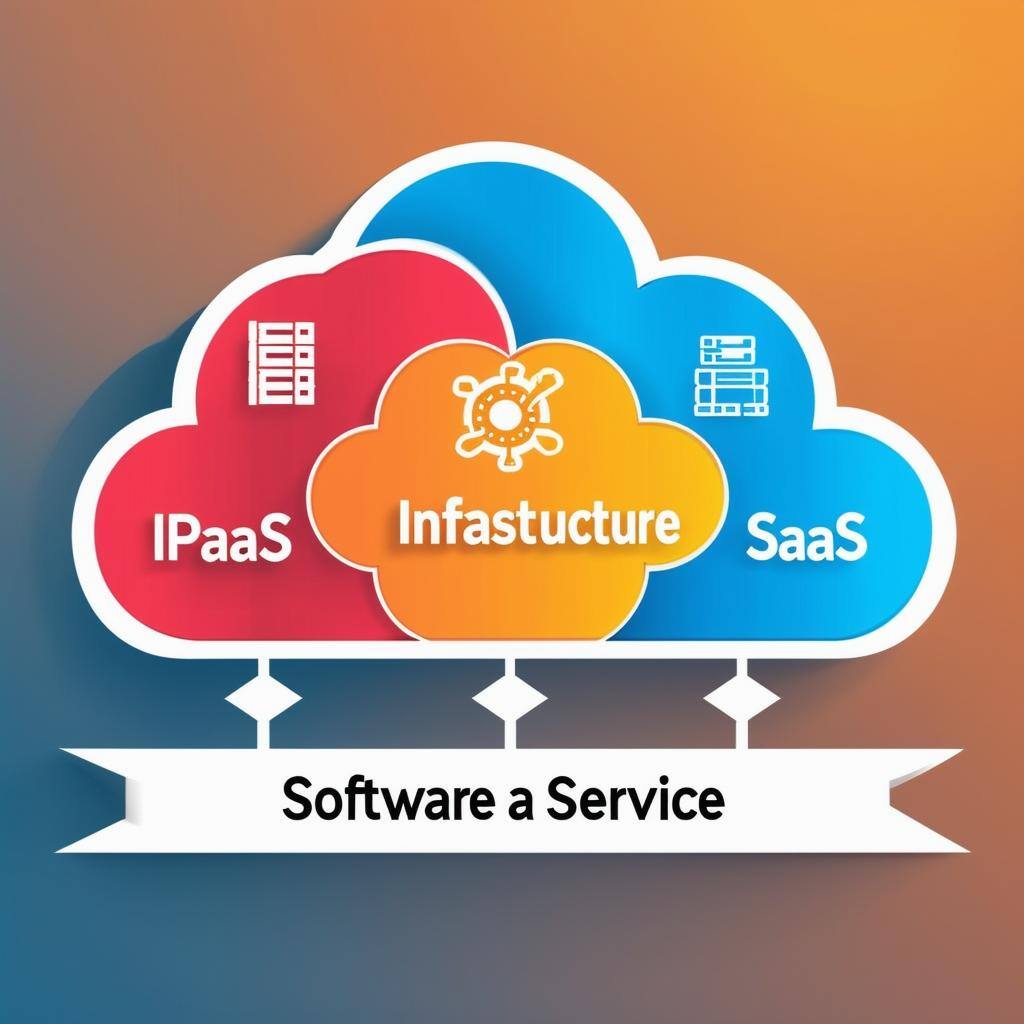Smart Tactics to Reduce Cloud Waste at Your Business
Cloud computing has revolutionized the way businesses operate. It offers scalability, flexibility, and cost-efficiency. But cloud services also come...
5 min read
.png) Aaron Zimmerman
:
Aug 8, 2024 5:09:18 PM
Aaron Zimmerman
:
Aug 8, 2024 5:09:18 PM
The gap between leaders and laggards is often razor-thin. Consider the story of Kodak, once a titan in the photography industry. Kodak actually invented the digital camera in 1975, but instead of embracing this groundbreaking innovation, they hesitated. Fearing it would cannibalize their lucrative film business, Kodak delayed investing in digital technology while their competitors seized the opportunity. By the time Kodak fully recognized the potential, it was too late—the market had shifted, and the company filed for bankruptcy in 2012.
As businesses strive to keep up with technological advancements, one trend has become impossible to ignore: the shift to cloud computing. If you’ve been hesitant to make this transition, it’s crucial to understand why your competitors are eagerly embracing the cloud and what they might know that you don’t.
Cloud computing might still feel like a buzzword, but it’s far from a fleeting trend. The cloud encompasses a range of services, including Software as a Service (SaaS), Platform as a Service (PaaS), and Infrastructure as a Service (IaaS). These services allow businesses to access computing resources—such as storage, applications, and processing power—over the internet, rather than relying on physical servers and hardware.
In my early years as a technology consultant, I watched as businesses hesitated to adopt the cloud, uncertain of its benefits and concerned about potential risks. However, the cloud has rapidly evolved from a novelty to a core component of modern business strategy. Today, cloud computing is a key enabler of innovation, agility, and scalability—qualities that are essential for businesses looking to stay competitive.
This transition isn’t just about following the latest technological trend. It’s about staying relevant in a market where agility and innovation are the keys to survival. According to a recent study, 94% of businesses worldwide have already adopted some form of cloud computing, with the majority planning to increase their cloud investments in the coming years. For small to medium-sized businesses, the cloud levels the playing field, offering access to the same advanced technologies that larger enterprises use.
One of the most significant advantages of cloud computing is its scalability. In traditional IT environments, scaling operations often requires substantial investments in hardware and infrastructure. But with the cloud, resources can be scaled up or down on demand, allowing businesses to respond quickly to changes in demand.
For example, I have a CPA client who brings on seasonal interns and employees. Thanks to their cloud-based infrastructure, they are able to increase their virtual desktops for the season and then remove the extra ones when the season is over. This kind of flexibility would be impossible to implement so quickly and affordably with traditional on-premises solutions.
And speaking of costs, another compelling reason why your competitors are moving to the cloud is cost efficiency. The cloud transforms capital expenses (balance sheet)—such as purchasing servers—into operational expenses (P&L), where businesses pay only for the resources they use. This shift not only reduces the need for large upfront investments but also aligns IT spending more closely with business needs.
I recall a consulting engagement with a manufacturing firm that was struggling to manage IT costs. After migrating to the cloud, they saw a significant reduction in their overall IT expenditure. By eliminating the need for costly hardware and maintenance, they were able to reallocate funds to other strategic initiatives, driving growth and innovation.
The cloud also accelerates innovation. With cloud services, businesses can develop, test, and deploy new applications at an unprecedented pace. Cloud platforms often come with built-in tools for artificial intelligence (AI), machine learning, and big data analytics—capabilities that can provide a competitive edge in today’s data-driven economy.
Consider the case of a tech startups. By leveraging cloud-based AI tools, they are able to launch new products in half the time it would take with traditional infrastructure. This speed to market allows them to outpace competitors and capture a significant share of their target market.
In today’s increasingly remote work environment, the cloud offers seamless collaboration tools that allow teams to work together from anywhere in the world. Cloud-based platforms enable real-time communication, document sharing, and project management, breaking down geographical barriers and improving overall productivity.
A medical billing company I worked with adopted a cloud-based collaboration suite to support their newly remote workforce. The result was a more connected and efficient team, with employees reporting higher levels of satisfaction and productivity. This shift also allowed them to close down their physical office post COVID and no longer be bogged down by that overhead.
Security is often cited as a concern when considering cloud adoption, but the reality is that leading cloud providers invest heavily in security measures that far exceed what most SMBs could afford on their own. These providers offer advanced encryption, multi-factor authentication, and continuous monitoring to protect your data.
Furthermore, cloud providers help businesses maintain compliance with industry regulations. Whether it’s GDPR, HIPAA, or other standards, the cloud offers tools and features designed to ensure that your business remains compliant, reducing the risk of costly penalties and data breaches.
Of course, it's up to your team to live up to those policies and compliance features day-to-day. Remember: Compliance is not a tool; it's an ongoing habit and commitment to data security.
Cloud-based solutions also provide robust disaster recovery and business continuity capabilities. With built-in redundancy and automated backup systems, the cloud can ensure your data is protected and can be quickly restored in the event of an outage or disaster.
Of course disaster recovery efforts can be robust even in a non-cloud environment. Work with your IT provider to ensure no matter where your data is stored it is backed up regularly according to your risk tolerance. And don't forget to test the backups to make sure they are actually working.
It’s understandable that some SMBs might be concerned about the costs associated with cloud computing. However, it’s important to look beyond the initial expense and consider the long-term value. The cloud offers significant cost savings by reducing the need for physical infrastructure, minimizing maintenance expenses, and aligning IT spending with actual usage.
Security is another common concern, but the truth is that cloud providers take security very seriously. They employ cutting-edge technologies and best practices to protect your data, and many offer compliance certifications that can give you peace of mind. By choosing a reputable cloud provider, you can actually enhance your security posture rather than weaken it.
However, it's important to note that the security of the data host is not the only concern. The most important part of security in the cloud is actually securing the devices that are used to access the data, regardless of where the data is stored. This means working with your internal IT team or managed services provider to ensure every device has Zero-Trust based computing, continuous threat monitoring, and advanced cyber protections.
Migrating to the cloud can seem daunting, but with the right approach, it can be a smooth and successful transition. It’s important to choose a cloud provider that aligns with your business needs and to work with experienced consultants who can guide you through the process. Planning and communication are key to minimizing disruption and ensuring a successful migration.
Before jumping into the cloud, it’s essential to assess your business’s readiness. This involves evaluating your current IT infrastructure, identifying key business objectives, and understanding how the cloud can support those goals. This is a conversation your CIO or virtual CIO should be having with your leadership team.
Next, you’ll need to choose the right cloud model for your business. Whether it’s a public, private, or hybrid cloud, each has its own advantages and challenges. Your decision should be based on your specific needs, budget, and security requirements.
Finally, consider partnering with a technology consultant or cloud provider in Idaho who can help you navigate the complexities of cloud adoption. A trusted partner can provide the expertise and support needed to ensure that your cloud journey is successful and aligned with your business strategy.
As your competitors continue to adopt cloud computing, it’s becoming increasingly clear that the cloud is not just a technological trend—it’s a strategic necessity. By embracing the cloud, your business can achieve greater scalability, cost efficiency, and innovation, while also enhancing security and ensuring business continuity.
Don’t let your competitors outpace you. Now is the time to explore how cloud computing can transform your business. Reach out for a consultation, and let’s discuss how you can start your cloud journey today. The future is in the cloud—make sure your business is there, too.

Cloud computing has revolutionized the way businesses operate. It offers scalability, flexibility, and cost-efficiency. But cloud services also come...

One area of cloud computing that is used widely, but often isn’t as flashy as the software side is cloud storage. Storing files in the cloud to make...

In today’s fast-paced business environment, leveraging cloud computing has become essential for staying competitive. As technology evolves, cloud...